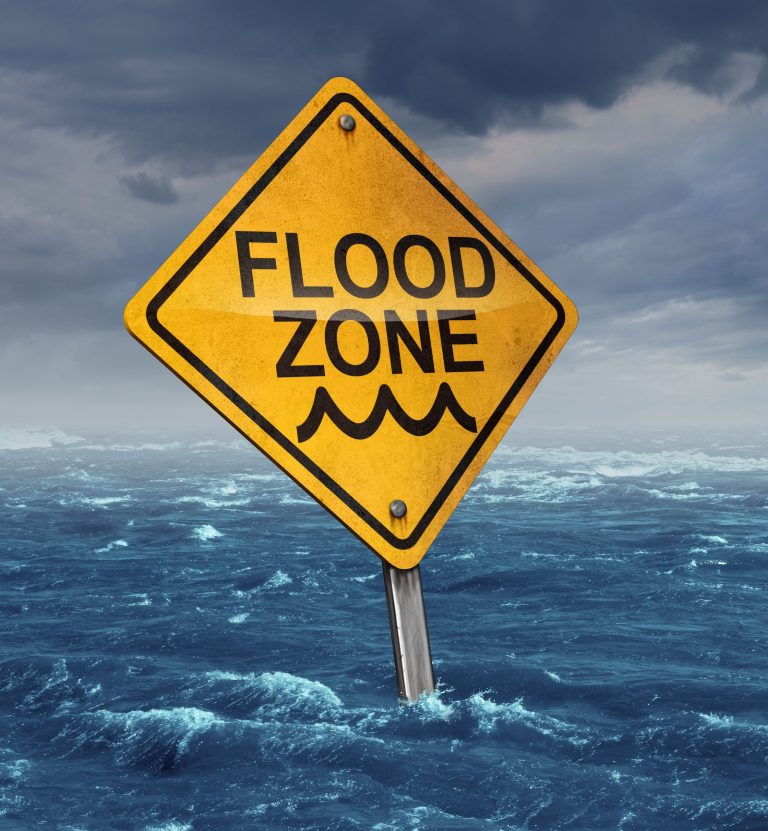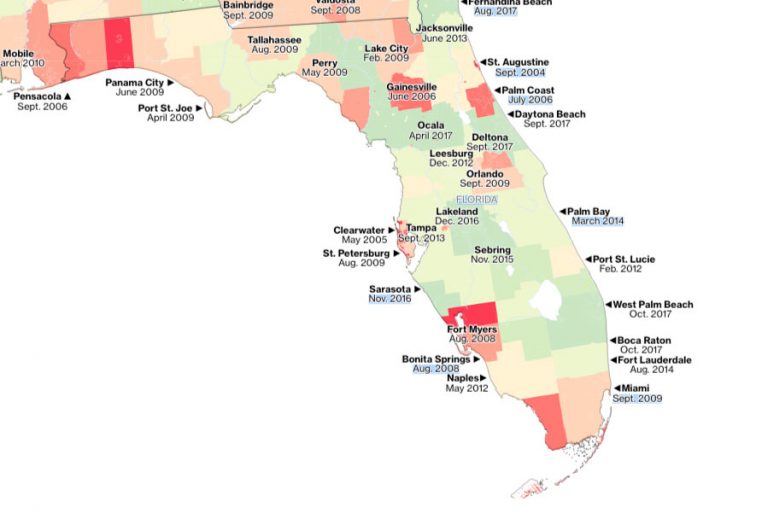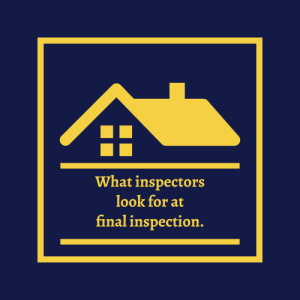
Written by TATIANA gUSt
Many times when applying for a building permit, you find out after submitting that you may be limited on what you can do based on the location and elevation of the property. These limitations are due to FEMA regulations, therefore is important for you to know your flood zone before submitting your permit.
Finding your flood zone can be confusing. In this blog, we will explain step by step how to do so.

The first thing to do is find which jurisdiction/municipality you are under. If you don’t know how to do so, visit our blog: How to find what jurisdiction you are under, for detailed step-by-step instructions. Once you have that information, there are a few different methods to find your flood zone.
First method:
Check your property appraiser listing, several municipalities have this information within their appraisers site.
Second method:
Step 2: Google your jurisdiction’s website and once you are there, type “DFIRM Map” on the “Search” tool.
Step 3: Once you are on the map, type your address and click “enter”.
Step 4: Zoom in to see your flood zone.
Third method:
Keep in mind that this method is not always as accurate as the previous ones, however, it can give you a good idea. To find your flood zone through the FEMA website, follow the following steps:
Step 1: Visit the FEMA Flood Map Service Center.
Step 2: Type into the search bar your address, city, and zip code.
Step 3: Zoom in to see what your flood zone is. For example: X500
The flood zone where your property is located indicates whether or not you have to consider additional constraints when preparing to improve your property. For example, if you are in an X or X500 zone then you can do anything that is allowed by code on your property. On the other hand, if you are in an AE, AH, or VE zone, there are a number of limitations, the most common of which is the 50% FEMA regulation.

So now that you have found you flood zone, what is next? Call us to find out!
At Elite Permits we can do this and so much more for you, don’t hesitate to contact us to learn more or request our services!









